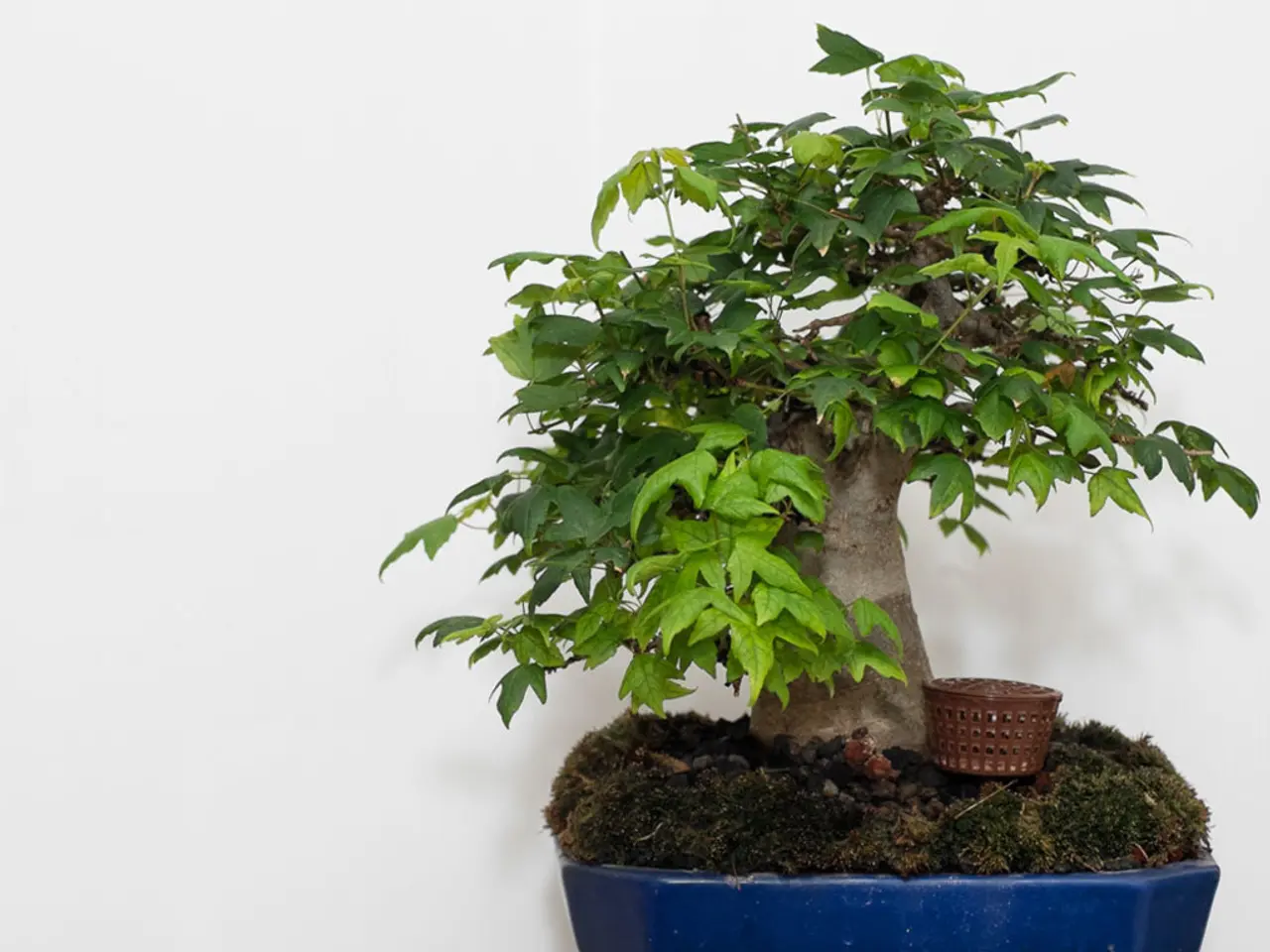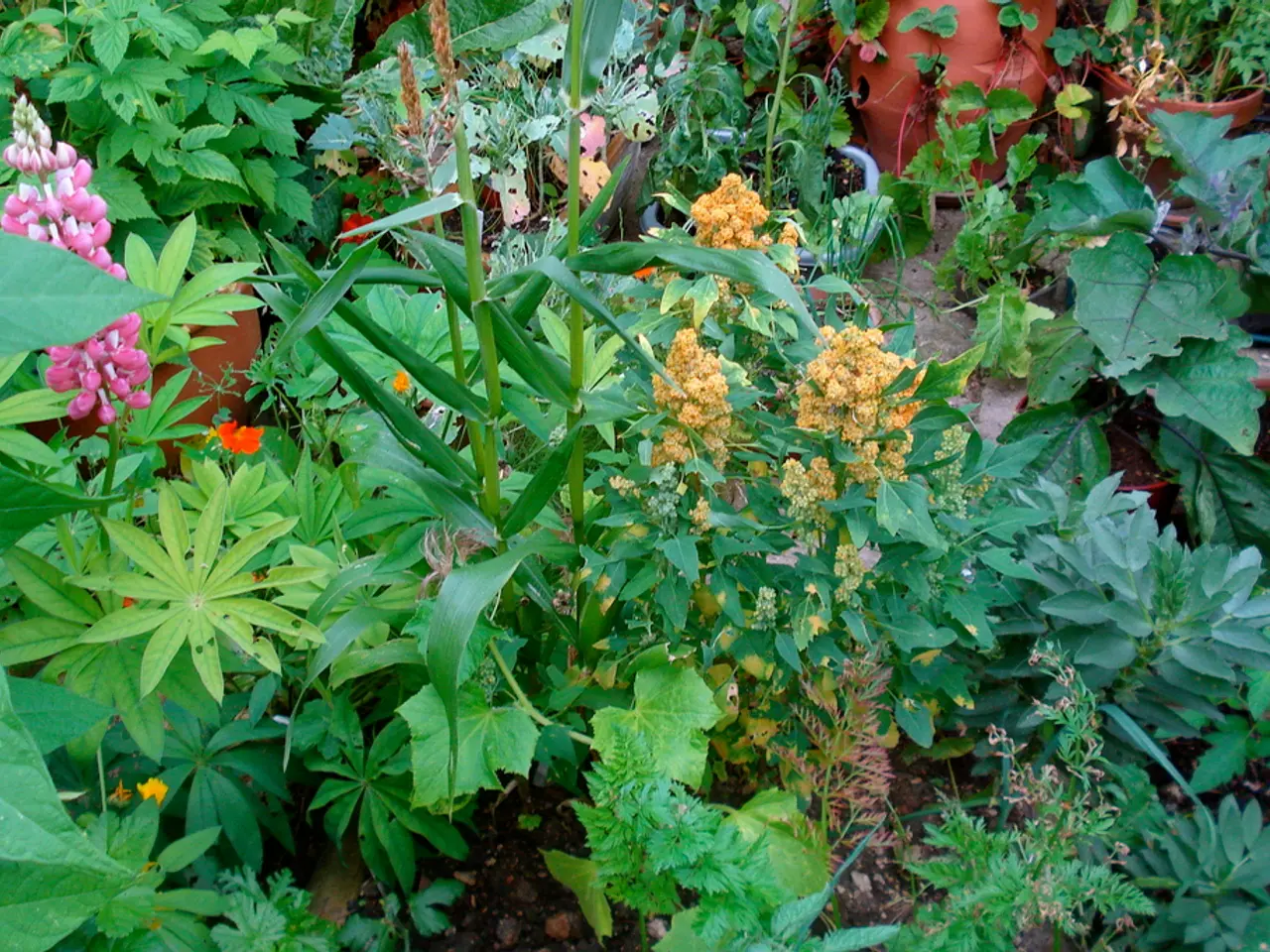Creative Verses and Bonsai Trees: Poetic Inspiration for Aesthetic Appeal
In the realm of art and horticulture, two captivating forms have emerged, each evoking deep human reflection on life, time, and the natural world. These are nature poetry and Bonsai art, which share a unique connection in their ability to encapsulate nature’s transient beauty and meditative qualities.
Nature poetry, particularly in the Japanese tradition of Haiku, distills moments of nature’s impermanence, such as dew drops symbolising the fleeting nature of life, to evoke emotions and philosophical insights about mortality, change, and presence. Haiku poet Kobayashi Issa's works often use natural imagery like dew to symbolically represent human life’s transience and evoke a contemplative "and yet" awareness of persistence despite fragility.
On the other hand, Bonsai art is a living embodiment of nature’s poetry. It captures the essence of natural landscapes in miniature, handcrafted trees carefully shaped over time to reflect the rhythms and forms of wild nature. This art form invites a slowed, meditative engagement with nature’s patterns of growth, resilience, and impermanence. Bonsai celebrates "slow living" and nurtures a connection with nature, fostering reflection on harmony, transformation, and balance within life’s constraints.
Artist Alana Tsui's work further illustrates this overlap. Her art draws on nature’s "ever-changing rhythms and patterns" to create compositions embodying meditative qualities and flow states that deeply connect human perception with natural cycles and introspection. Bonsai and nature poetry similarly create spaces—whether visual, spatial, or linguistic—where human experience is intertwined with natural phenomena and philosophical reflection.
The wire used in Bonsai serves as a subtle yet potent instrument, shaping emotions that words alone cannot convey. Through the art of pruning, the essence of nature poetry is distilled into the delicate curves of Bonsai branches. Bonsai aesthetics draw inspiration from nature poetry, with branch structure featuring delicate, lace-like patterns, leaf arrangement having soft, feathery textures, and root systems being twisted and gnarled.
In the subtle convergence of nature poetry and Bonsai aesthetics, a profound symbiosis is revealed. Here, the intricately pruned branches of a juniper evoke the windswept silences of a Basho haiku, transporting the observer to a domain of serenity and contemplation. The miniature world of Bonsai becomes a poignant reflection of nature’s essence, whispering secrets of resilience, beauty, and the ephemeral dance of life.
Bonsai artistry can convey personal or emotional narratives, as the deliberate shaping and styling of trees can symbolise life experiences, emotions, and memories, allowing the artist to express intimate stories through the subtle language of branch and leaf. Mastering Bonsai art requires dedication, patience, and specialized skills, including horticultural knowledge, pruning techniques, and artistic vision.
Patience is paramount in cultivating a Bonsai masterpiece, as it allows artists to thoughtfully observe and respond to the tree's growth, making deliberate decisions that coax the desired shape and essence from the living artwork over time. Pot selection for Bonsai often involves earthy, organic materials that mirror the rustic beauty of forest floors.
Bonsai artistry and nature poetry converge to form a unique synergy, celebrating the beauty of nature and inviting contemplation and introspection. They serve as bridges between nature and human consciousness, engaging the senses and spirit to evoke peace, contemplation, and an enriched understanding of existence.
In the hands of a skilled artist, a Bonsai tree becomes a miniature world of feeling that encapsulates the poetic expressions of nature. Here, the subtle nuances of light, texture, and form converge to evoke a sense of serenity, wonder, or contemplation. The Bonsai artist's deft touch coaxes forth the hidden narratives of nature, allowing the viewer to partake in the quiet beauty of the miniature world.
In the realm of art and home-and-garden pursuits, two captivating forms have emerged, each promoting a slowed, meditative engagement with the natural world. Bonsai art, a living embodiment of nature’s poetry, captures the essence of natural landscapes in miniature, inviting a contemplative connection with nature’s patterns of growth, resilience, and impermanence. Simultaneously, nature poetry, particularly in the Japanese tradition of Haiku, distills moments of nature’s impermanence to evoke emotions and philosophical insights about mortality, change, and presence.




